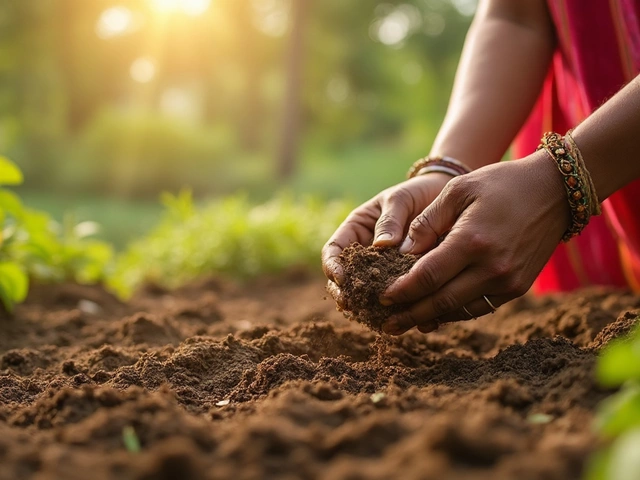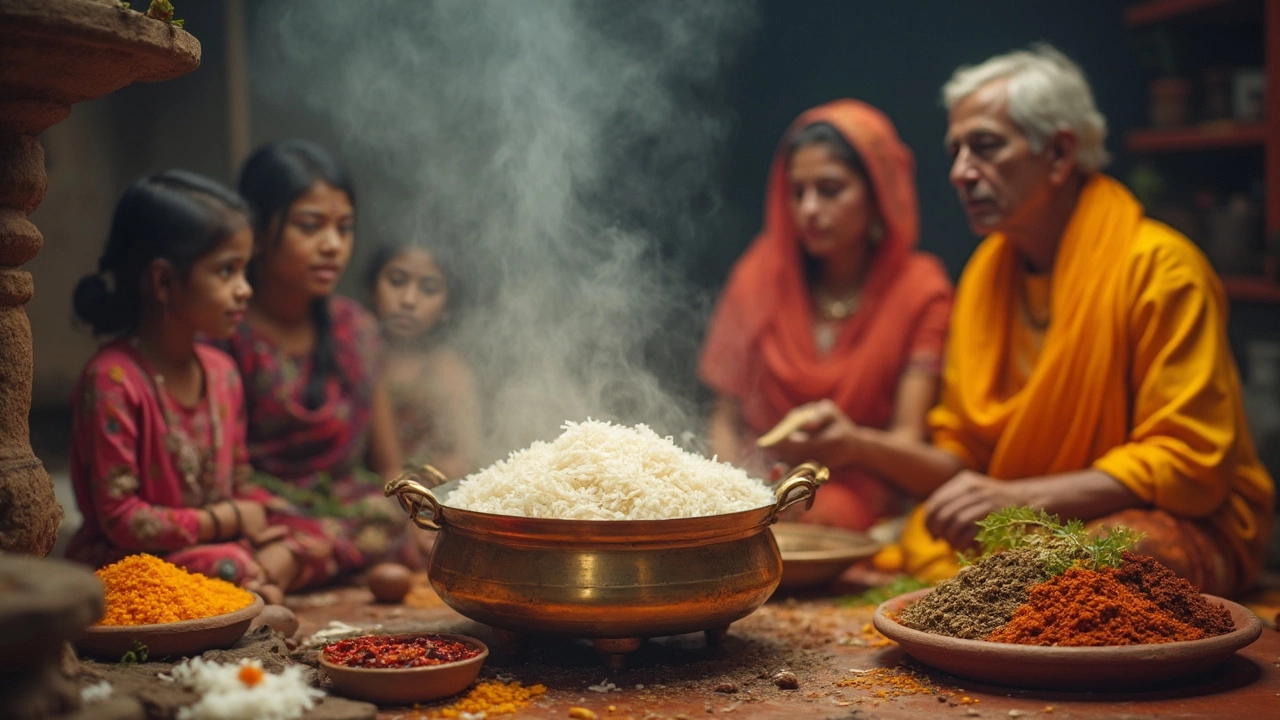Uncooked Rice Yield – How to Get More Grains from Every Plant
If you’re growing rice in your backyard or a small field, the number of uncooked grains you harvest matters a lot. You want every stalk to give you as many healthy grains as possible without spending a fortune. Below are the most useful tips you can start using today.
Soil and Water Basics
First, check your soil. Rice grows best in loamy, well‑drained soil that holds some moisture but isn’t soggy. If the ground feels heavy or clay‑like, mix in compost or sand to improve texture. A pH between 5.5 and 7.0 is ideal; you can test it with a simple kit from a garden store.
Water is the next big factor. Rice needs a steady supply of water, especially during the tillering and panicle stages. In India, many growers flood the field for a few weeks, but if you have limited water, consider drip irrigation. Bury the drip lines about 5‑10 cm deep to keep water close to the roots while reducing evaporation.
Watch the timing. Too much water early on can drown seedlings, while a dry spell during flowering can drop grain numbers dramatically. Aim for 5–7 cm of standing water when the plants are 30 cm tall, then reduce to shallow water as they mature.
Managing Plants for Max Yield
Seed quality makes a huge difference. Use certified seeds that have high germination rates and are suited to your region’s climate. Space the seedlings about 20 cm apart in rows 15 cm apart. This spacing lets each plant get enough sunlight and reduces competition for nutrients.
Fertilize wisely. Start with a basal dose of nitrogen‑phosphorus‑potassium (NPK) at planting – something like 60 kg N, 30 kg P₂O₅, and 30 kg K₂O per hectare works for most Indian soils. Then apply a second nitrogen boost when the plants are 30 days old, and a final boost just before flowering. Too much nitrogen can cause tall, weak plants that break easily, so follow the recommended amounts.
Pests and diseases eat away at potential grain count. Watch for stem borers, leafhoppers, and blast disease. Simple practices like rotating crops, removing weeds, and using neem‑based sprays can keep problems under control without costly chemicals.
Harvest at the right time. If you cut too early, grains stay soft and you lose weight. Wait until the grains turn a golden‑brown and the plants start to turn yellow. Cutting and drying within a day or two locks in the maximum uncooked weight.
Finally, store your uncooked rice properly. Keep it in a cool, dry place in airtight containers. Moisture can cause mold, which reduces the usable yield.
By paying attention to seed quality, soil health, water management, fertilization, pest control and timely harvest, you can push your uncooked rice yield higher without fancy equipment. Try these steps on your next planting season and count the extra grains you get at the end. Happy farming!
How Much Rice Does 2 Cups Uncooked Make: A Deep Dive into Rice Cultivation
Ever wondered how much cooked rice you get from 2 cups of uncooked rice? This article explores the answer while delving into fascinating aspects of rice cultivation and cooking. Discover how rice expands during cooking and why it's a staple in kitchens worldwide. Learn useful tips on making the fluffiest rice and uncover some interesting rice facts you might not know.
About
Rice Cultivation
Latest Posts


Revitalize Your Garden: Proven Ways to Refresh Tired Soil Fast
By Alden Thorne Jun 26, 2025

Understanding the Drawbacks of Drip Irrigation Systems
By Alden Thorne Dec 24, 2024

Reviving Indoor Plants: Expert Tips for Lush Greenery
By Alden Thorne Dec 14, 2024

